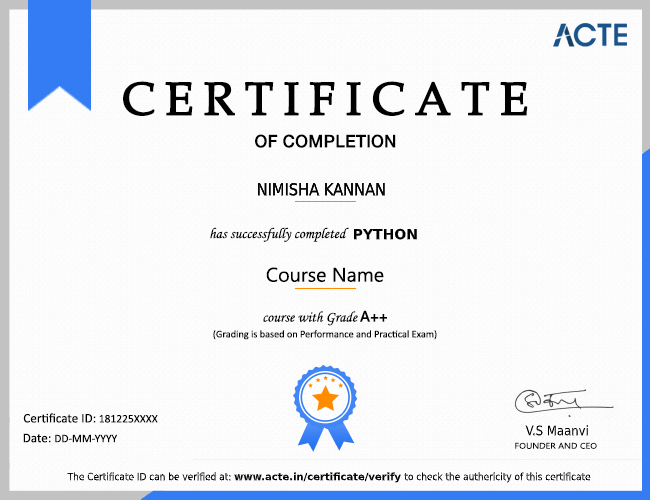- Expand your knowledge base and validate your skills to appeal to potential employers.
- Improve your potential earning power to command a higher salary.
- Learn to perform complex, hands-on activities through lab, study and practice sessions.
- Access a secure digital badge you can add to your social media profiles.
- Gain exposure to a wide variety of important features, functions and tasks to use on the job.
What are Oracle Operators?
Operators are nothing but a character or symbol that represents an action or process. An Operator is capable of manipulating operand items and returns a result. All oracle operators have been divided into several categories. They are listed below:
- Unary and Binary Operators
- Arithmetic Operators
- Comparison Operators
- Logical Operators
- Set operators
- Some other Built-In Operators
- User-defined operators.
Top 7 Oracle Operators
Following are the different oracle operators with its examples.
1. Unary and Binary Operators
There are two general classes of operators. They are:
- UNARY: An operator that operates on only one operand is called the UNARY operator and the format is OPERATOR Operand.
- BINARY: An operator that operates on two operands is called BINARY operator and the format is operand OPERATOR Operand.
2. Arithmetic Operators
Through a SELECT statement, Arithmetic operators can be used. Uses of Arithmetic operators:
- To present the data as per requirement.
- To perform calculations.
- To perform the mathematical operation.
What can be used by an Arithmetic expression?
- Table column names:Numerical values.
- Arithmetic Operators: Arithmetic expressions can be created on NUMBER or DATE data type using Arithmetic operators. The Arithmetic Operators cannot be used in the FROM clause.
3. Comparison Operators
- The comparison operators are used in such conditions that compare one expression to another.
- The format of the operator in the WHERE clause is WHERE Expression OPERATOR VALUE.
4. Logical Operators
- Logical Operators combine the results of two-component conditions to produce a single result. Logical operators provided by ORACLE .
AND Operator
- It returns TRUE if both or all component conditions are TRUE.
- It returns FALSE if either is FALSE, Else returns unknown.
OR Operator
- It returns TRUE if either of the components is TRUE.
- It returns FALSE if both or all component conditions are FALSE, else returns unknown.
NOT Operator
- It returns TRUE if the following condition is FALSE.
- It returns FALSE if the following condition is TRUE.
- If the condition is unknown, it returns unknown.
5. SET Operators
SET operators are used to combine information about similar DATA type from one or more than one table. They can combine two or more queries into one result set.
The data type of the corresponding columns in all the SELECT statements should be the same. The different types of SET operators are,
- UNION Operator
- UNION ALL Operator
- INTERSECT Operator
- MINUS Operator.
UNION: It combines the results of two SELECT statements into one result set and then eliminates any duplicate row(s) from the result set.
UNION ALL: It combines the results of two SELECT statements into one result set, but it doesn’t eliminate any duplicate row(s) from the result set.
INTERSECT: It returns only those rows that are returned by each of the two SELECT statements.
MINUS: It takes the result set of one SELECT statement, and removes those rows that are also returned by a second SELECT statement.
6. Other Built-In Operators
Following are a few more built-in operators.
CONCATENATION Operator
- The concatenation Operator links columns to another column, Arithmetic expressions or Constant values.
- Columns on either side of the operator are combined to make a single output column.
- The resultant column is treated as a CHARACTER expression.
- The concatenation operator is represented in ORACLE by a double pipe symbol (||).
BETWEEN … AND … Operator
- It is used to display rows based on a range of values.
- The declared range is inclusive.
- The lower limit should be declared first.
- The operator can be used upon any data type.
- The negation of the operator is NOT BETWEEN …AND….
7. User-Defined Operators
- Like built-in operators, users can create them with the CREATE OPERATOR statement.
- The user-defined operator resides in the same namespaces as tables.
- User needs Operator privilege to create, drop, execute and modify an operator.
































